Best Foot Forward: Hardcastle Crags and Crimsworth Dean
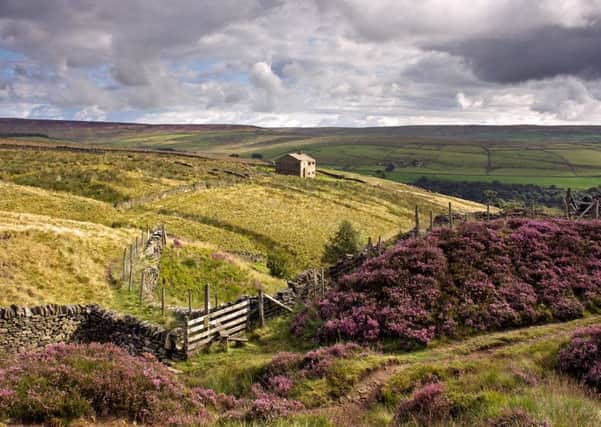

Distance: Five miles (8km)
Minimum time: Two hours 30min
Ascent/gradient: 787ft (240m)
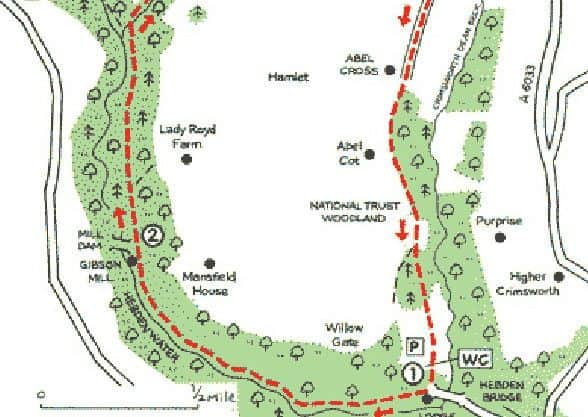

Level of difficulty: Medium
Paths: Good paths and tracks, plus open pasture, no stiles
Landscape: Woodland, fields and moorland fringe
Suggested map: aqua3 OS Outdoor Leisure 21 South Pennines
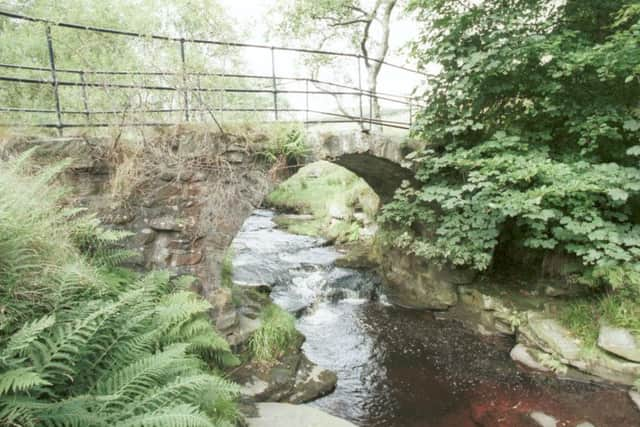

Start/finish: SD 988291
Dog friendliness: Plenty of opportunities for dogs to be off lead
Parking: National Trust pay-and-display car parks at Midgehole, near Hebden Bridge (accessible via A6033, Keighley Road)
Public toilets: Near car park
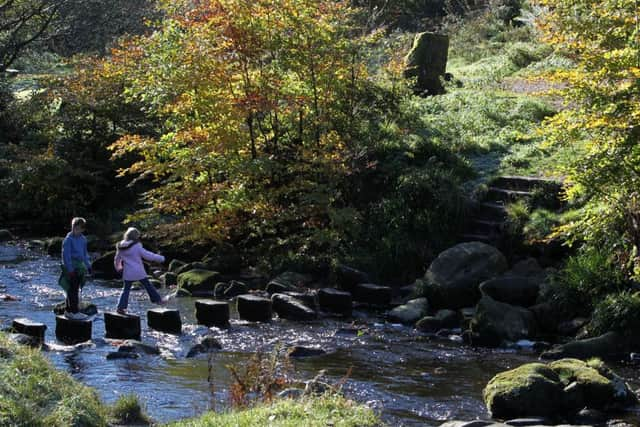

Advertisement
Hide AdAdvertisement
Hide AdWalk up the drive, passing the lodge, and into the woods. Take the first path to he left, which descends to Hebden Water. Follow a good riverside path through
delectable woodland, passing Hebden Hey - a popular picnic site, with stepping tones - to reach Gibsosn Mill. The buildings, and mill dam behind, are worth
investigating.
For this longer walk you join the track uphill, to the right of Gibson Mill, soon passing the crags that give the woods their name.
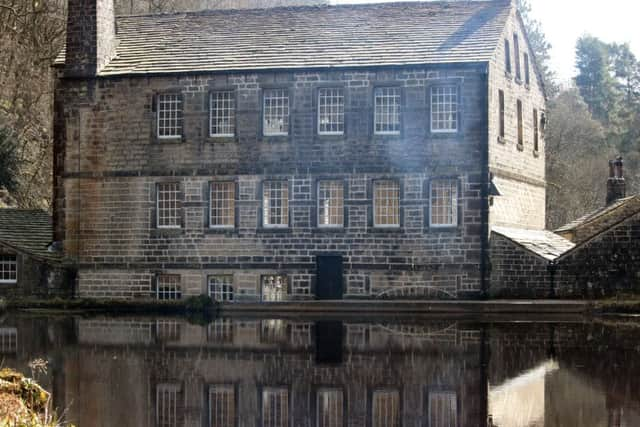

Keep on the main track, ignoring side-paths, to leave woodland and meet a metalled road. Keep left here, still uphill, across a beck and approach Walshaw,
a knot of houses enjoying terrific views.
Advertisement
Hide AdAdvertisement
Hide AdJust before you reach the houses - when you are opposite some barns - bear sharp right through a gate onto an enclosed track (signed to Crimsworth Dean).
You are soon on a grassy track across pasture, descending to a beck and through a gate. Walk uphill, soon bearing to the right as you follow a wall around
the shoulder of Shackleton Hill. Go through a gate in the wall on your left, and continue as the path bears right, still following the wall, but now it’s on your right.
Here you have level walking and great views. Take a gate in a wall on the right, just above Coppy Farm, to join a walled track downhill into the valley of
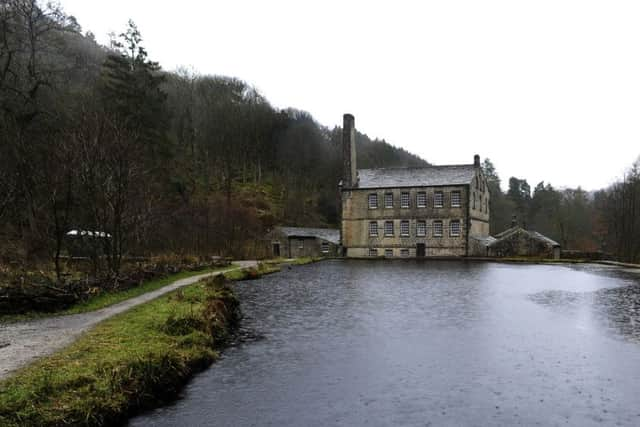

Advertisement
Hide AdAdvertisement
Hide AdCrimsworth Dean. You meet a more substantial track by another ruin of a farm.
This track is the old road from Hebden Bridge to Haworth: a great walk to contemplate for another day.
Bear right, along this elevated track, passing a farm on the left. Look out, by a farm access track to the right, for Abel Cross: not one but a pair of old
waymarker stones. Continue down the main track, into National Trust woodland, keeping left, after a field, when the track forks. Beyond a pair of cottages the
Advertisement
Hide AdAdvertisement
Hide Adtrack is metalled; you soon arrive back at the car parks at Midgehole.
Hebden Bridge, just four miles (6.4km) from the Yorkshire/Lancashire border, has been a popular place to visit ever since the railway was extended across the
Pennines, through the Calder Valley. But those train passengers weren’t coming for a day out in a grimy little mill town; the big attraction was the wooded valley of Hebden Dale - usually called ‘Hardcastle Crags’ - just a short charabanc ride away. ‘Hebden Bridge for Hardcastle Crags’ was the stationmaster’s cry, as trains approached the station. Here were shady woods, easy riverside walks and places to spread out a picnic blanket. To people who lived in the terraced streets of Bradford, Leeds or Halifax, Hardcastle Crags must have seemed idyllic. The steep-sided valley reminded Swiss visitors of their own country, and became ‘Little Switzerland’ - at least to the writers of tourist brochures. The only disappointment, in fact, was the crags themselves: unassuming gritstone outcrops, almost hidden by trees.
The Industrial Revolution created a huge demand for water: for mills, factories and domestic use. To quench the thirst of the rapidly expanding textile towns,
Advertisement
Hide AdAdvertisement
Hide Admany steep-sided valleys, known in the South Pennines as cloughs, were dammed to create reservoirs. Six of these lie within easy walking distance of
Hardcastle Crags. They represented huge feats of civil engineering by the hundreds of navvies who built them, around the end of the 19th century, with
picks and shovels. The men were housed in a shanty town, known as Dawson City and both men and materials were transported to the work-sites by a
convoluted steam-powered railway system that crossed the valley on an elaborate wooden viaduct.
Advertisement
Hide AdAdvertisement
Hide AdHardcastle Crags escaped the indignity of being turned into a reservoir, but it was touch and go. Three times during the last 50 years (the last time was in
1970) plans were drawn up to flood the valley. And three times, thankfully, wiser counsels prevailed and the plans were turned down. Lord Savile, a major landowner in the area, once owned the valley. It was he who supplemented the natural woodland with plantings of new trees - particularly pines, and laid out the walks and the carriage drive. In 1948 Lord Savile donated Hardcastle Crags, and the nearby valley of Crimsworth Dean, to the National Trust. Because of this bequeathment, the future of this delightful valley looks secure and local people will continue to enjoy this valuable amenity.
Hardcastle Crags are a haven for wildlife. Bird watchers can look out for pied flycatchers, woodpeckers, jays, sparrowhawks and the ubiquitous dipper - which
never strays from the environs of Hebden Water. In spring there are displays of bluebells; in summer the woods are filled with bird-song; the beech woods are a riot of colour as the leaves turn each autumn.